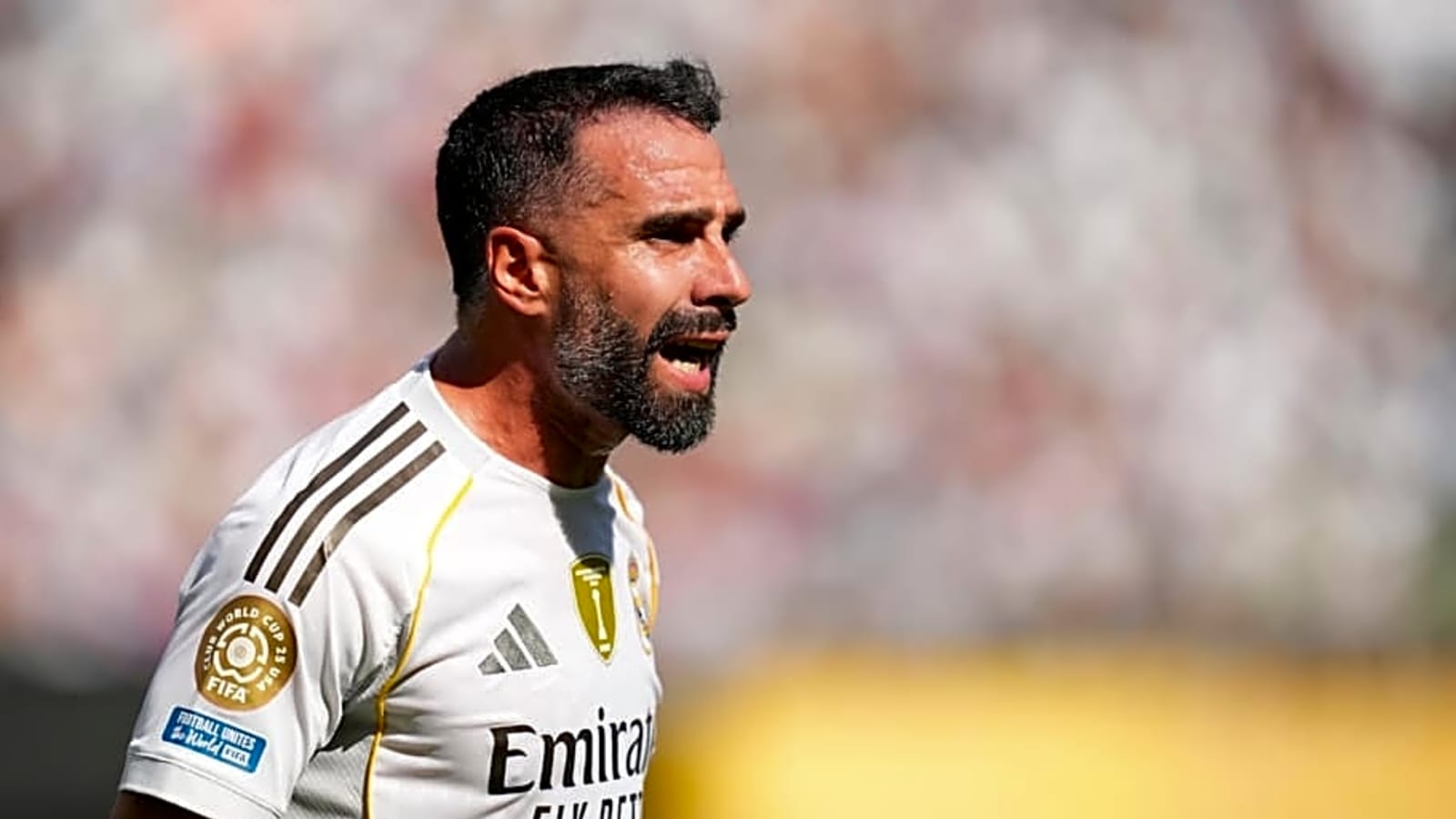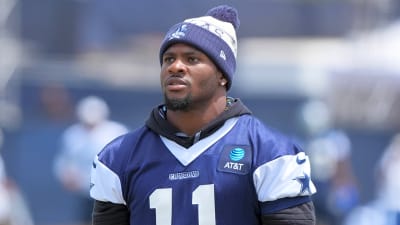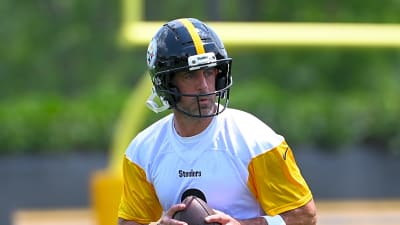
Real Madrid have suffered from multiple long-term injuries recently. Dani Carvajal, David Alaba, and Eder Miltao have spent significant amounts of time on the sidelines. Long-term injuries like this can often end a player's time at the top.
Multiple defensive injury issues have also forced the team to reshuffle at the back. Carvajal is back from his injury while Alaba and Militao played during the Club World Cup.
However, doubts remain about what Real Madrid can expect from the players following such long-term absence. Hospital for Special Surgery (HSS) surgeon and director of FIFA Medical Center of Excellence, Dr. Riley J Williams III has spoken exclusively with Real Madrid CF On SI, and has broken down whether these players can get back to the top.
Q: Can Dani Carvajal come back as the same player after surgery for his ACL, LCL and posterolateral corner injury in 2024?
Dr. Williams: The most direct answer is yes. Professional soccer players, especially those who play at the highest level in the European leagues, are some of the most fit athletes across all sports. This player suffered an ACL, LCL, and posterolateral corner injury to his right knee. Surgery to correct these issues is commonly performed and this type of injury is also very common among soccer players. After successful reconstruction of the ACL and lateral structures, the estimated recovery time is approximately 9 to 12 months.
Based on an injury history of October 2024, I would anticipate that he should be cleared to return to play soon barring any complications in his recovery. Given his level of fitness overall I would think it would be very possible for him to return to same level of play and performance. However, it’s important to note, injuries such as damage to the meniscus or articular cartilage of the knee could change the prognosis. Assuming all those structures are intact, a return to play at a high level competition is not only possible but expected in an athlete of his caliber even at the age of 33 years old.
Q: Eder Militao, this player has suffered two ACL injuries. What precautions should Real Madrid take in the future?
Dr. Williams: This player has sustained bilateral ACL injuries, having torn the left ACL in 2023, followed by a right ACL injury in November 2024. He successfully underwent surgery for the left knee and returned to play, but required a second reconstruction for the right knee. It has been well-documented that there is an increased risk for contractual knee ACL injury in patients who undergo primary ACL surgery. Moreover, bilaterally ACL injuries are unfortunately reasonably common in pivoting sports such as soccer and basketball.
Having a second ACL surgery on the other knee does not preclude a return to play. In fact, given the high level of fitness noted in European professional soccer players, I would expect this player to return to play over a nine-to-12-month time span, following his treatment in November 2024. Players returning from a second injury are typically put under deep scrutiny with regards to their movement patterns and fitness levels.
In other words, decreasing the risk of reinjury following second ACL is best achieved by a longitudinal assessment of lower extremity strength and fitness as the player continues to increase his playing loads during the year following recovery. Unfortunately, soccer players typically are unable to wear knee supports or braces during play. As such it is important for players to feel comfortable with jumping and pivoting activities prior to an active return to sport. The key variable here is a return to strength in the lower extremities that is commensurate with his preinjury levels.
Q: David Alaba. Given David Alaba’s injury history, what is expected from him when he comes back from the meniscus surgery, and what is his expected recovery?
Dr. Williams: Reports have suggested that this player suffered a left knee medial slash internal meniscus tear in April 2025. The announcements following the procedure noted that the surgery was successful and that he would be available approximately 6 weeks following surgery. This suggests that the player had a torn meniscus, which is treated by a partial resection of the torn tissue. These types of surgeries typically require 6 to 8 weeks to recover.
Players are typically cleared for full participation in soccer training at this point. A return to sport is contingent upon restoration of lower body strength and overall fitness. Occasionally, these recoveries are complicated by bouts of repeated swelling or continued soreness in the affected area. Soccer, and other pivoting sports, experience high joint loads during play at full speed. These twisting type acceleration and deceleration maneuvers can be irritating.
Presuming there is no other damage to the cartilage surfaces, it would be expected that this player is likely available approximately 3 months following surgery for full live play. It is also expected that once he returns, he should be able to achieve the same level of performance and athleticism that he demonstrated prior to the procedure. The early course of rehab is focused on reestablishing normal kinematics and basic function; the second phase is focused on strength and conditioning and ultimately final clearance for return to play guided by his metrics. Based on the nature of the procedure and his professional conditioning, he is expected to closely resemble his pre-surgery form upon return.
More must-reads:
- Tottenham Hotspur star announces unexpected departure
- NFL insider reveals new info on Cowboys-Micah Parsons struggle
- The '250-strikeout MLB seasons' quiz
Breaking News
Trending News
Customize Your Newsletter
 +
+
Get the latest news and rumors, customized to your favorite sports and teams. Emailed daily. Always free!








